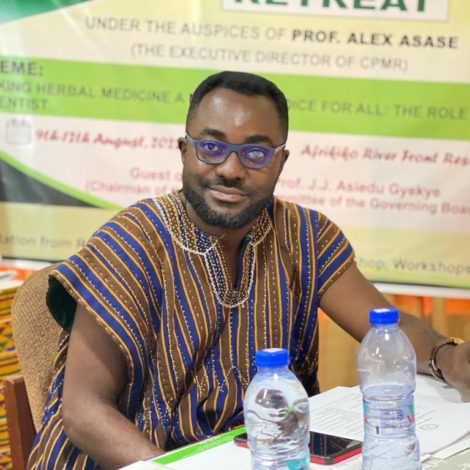
The Plant Development Department originally operated as part of the Plant Production and Development Unit. It transitioned into a standalone department and was officially renamed the Plant Development Department in September 1998.
The department’s responsibilities include:
1. Cultivating medicinal plant seedlings for sale to herbal medicine practitioners.
2. Managing arboreta for the conservation and cultivation of medicinal plants.
3. Curating and maintaining the medicinal plants herbarium.
4. Identifying and procuring medicinal plants for production and research purposes.
5. Conducting research in plant taxonomy, ethnobotany, and cultivation experiments.
6. Authenticating and inspecting plant raw materials.
7. Providing training in basic plant identification techniques and medicinal plant cultivation to students, herbalists, and other interested individuals.
The Plant Development Department comprises three essential units: the herbarium, nursery, and arboreta.
A Herbarium serves as a repository for dried plant materials, acting as reference specimens for identification and taxonomic research. Our Herbarium houses approximately 562 voucher specimens of medicinal plants commonly found in Ghana. Each voucher specimen typically consists of:
1. A mounted dried sample of a identified medicinal plant species.
2. An envelope used to store fruits, flowers, seeds, and other broken parts of the specimen.
3. A label containing essential information such as collector(s), date and place of collection, family name, generic and species names, habit, local name, plant description, voucher specimen number, determinants, and date of determination.
The nursery serves as a vital facility where the department cultivates essential medicinal plant seedlings using appropriate reproductive methods. It plays a crucial role in:
1. Conducting cultivation trials to determine the most suitable reproductive parts and optimal conditions for propagating specific medicinal species.
2. Producing and distributing seedlings of essential medicinal plants for research, cultivation, and conservation purposes.
The nursery houses approximately fifty different species of medicinal plant seedlings, including Lippia multiflora, Croton membranaceous, Clausena anisata, Crytolensis sanguinolenta, Paullinia pinnata, citrus aurantifolia, Lantana camara, Bidens pilosa, Mormodica charantia, Persea americana, Cnestis ferruginea, Trema orientalis, Spondias mombin, Morinda lucida, among others. Additionally, it generates revenue for the Centre by selling medicinal plant seedlings to farmers, herbalists, and other individuals involved in medicinal plant cultivation.
An arboretum, distinct from a botanical garden, primarily focuses on the cultivation, research, and conservation of tree-dominated habitats. Managed by the Department, our four arboreta span a total land area of 745 acres across Ayikuma (640 acres), Begoro (50 acres), Adawso (47 acres), and Mampong (8 acres) in the Eastern Region of Ghana.
The functions of the Arboreta encompass:
- Serving as an off-site conservation facility for endangered medicinal plant species in Ghana.
- Providing a substantial portion of raw materials essential for drug production and research conducted by the Centre.
- Acting as the planting field for seedlings raised in the nursery, facilitating their growth and development.
- Serving as an experimental site for research, enabling the study of growth and mortality rates of plant species. Approximately 80 percent of the plant materials utilized in our drug production processes are harvested from these arboreta.
Mr. Tonny Asafo-Agyei
Head Of Department Mr. Asafo-Agyei was appointed head of PDD in January, 2020. He holds an Mphil and BSc in Botany
View Profile
